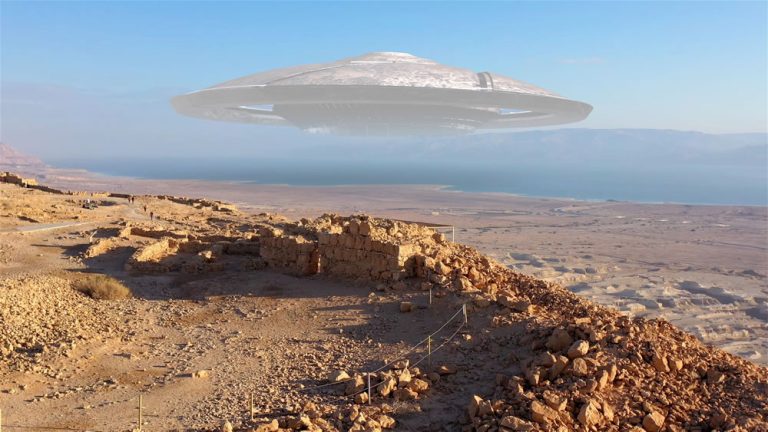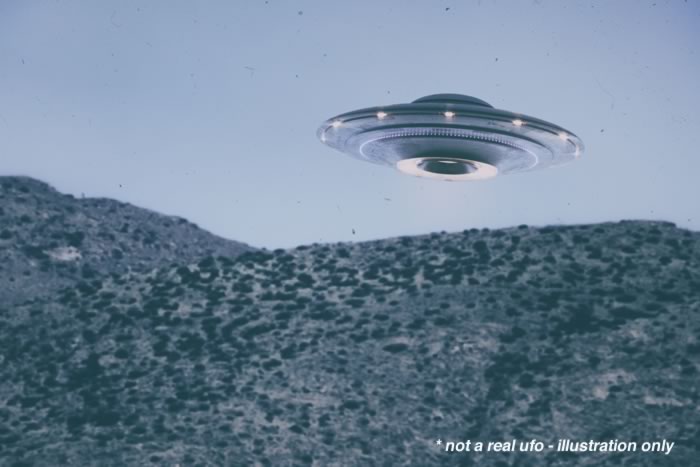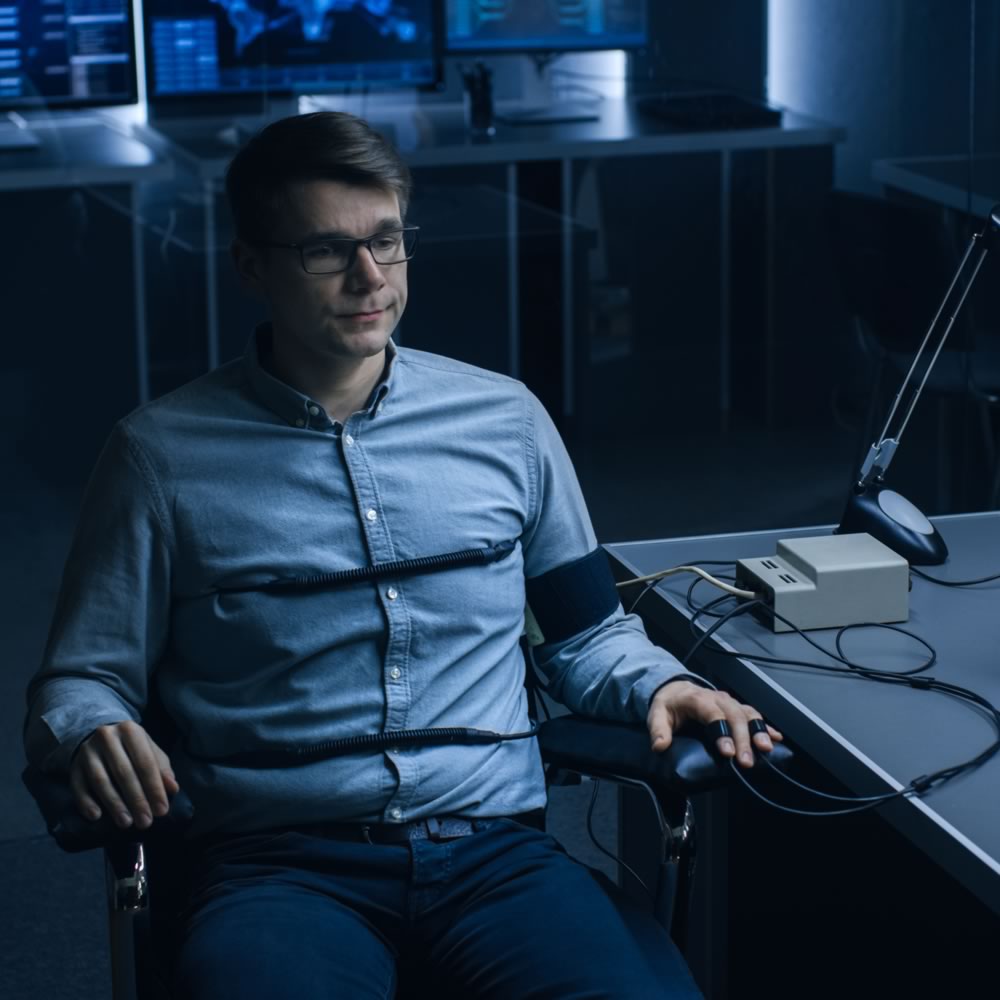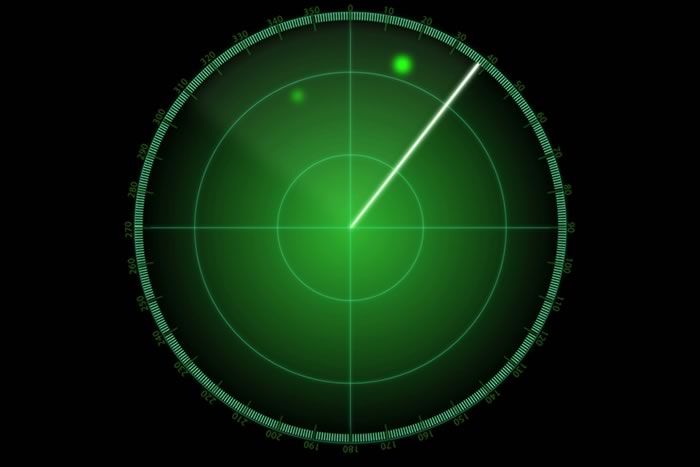The fascination with unidentified flying objects (UFOs)
…or as they’re more recently termed, unidentified aerial phenomena (UAP), stretches far back into human history, much earlier than the mid-20th century, which many consider the beginning of the modern UFO era. These early accounts, documented through paintings, written records, and oral histories, offer a tantalising glimpse into humanity’s longstanding quest to understand the mysteries of the skies. This exploration into the past reveals not only our ancestors’ encounters with the unexplained but also reflects the evolution of our curiosity and our relentless pursuit of knowledge.
In dissecting these early sightings, we bridge the gap between myth and recorded history, navigating through tales woven into the fabric of civilizations around the globe. From ancient Rome to feudal Japan, the skies above whispered secrets of flying shields, celestial chariots, and mysterious orbs. These stories, passed down through generations, serve as a testament to our enduring fascination with the unknown. As we embark on this journey through early UFO sightings, we invite you to keep an open mind, for these tales are not mere footnotes in history but rather a prologue to the ongoing narrative of humanity’s encounter with the unexplainable.
Ancient Anomalies in the Skies
The history of UFO sightings is as old as civilization itself. Ancient texts and artworks provide compelling evidence of early encounters with objects and phenomena that defy simple explanation. One of the earliest recorded sightings comes from ancient Egypt, around 1440 BCE, where the scribes of the Pharaoh Thutmose III reportedly described “fiery disks” floating over the skies. This account, etched into the annals of history, suggests that the human encounter with unexplained aerial phenomena is not a modern development but a constant companion of our journey through time.
Moving forward to ancient Rome, the historian Livy documented a series of strange events in the 3rd century BCE, including sightings of “phantom ships gleaming in the sky.” These descriptions, though attributed to various natural and supernatural causes throughout history, bear striking similarities to modern UFO reports, indicating that our ancestors were just as perplexed by these sightings as we are today.
In medieval Europe, artwork and literature are replete with depictions of aerial phenomena that resemble contemporary UFO reports. The Nuremberg Celestial Phenomenon of 1561, for example, was detailed in a broadsheet that described a dramatic clash of celestial objects, including what appeared to be large cylindrical UFOs, witnessed by many startled onlookers. This event, along with others like the Basel Celestial Phenomenon of 1566, suggests that the skies of our past were no strangers to mysterious visitors.
Exploring Further Afield
The narrative of early UFO sightings is not confined to Europe and the Mediterranean; it spans the entire globe, reflecting a universal human experience. In Japan, ancient texts like the “Nihon Shoki” (Chronicles of Japan), compiled in 720 CE, recount stories of “flying earthenware vessels” observed in the heavens. These accounts, often intertwined with folklore and myth, indicate a widespread acknowledgment of mysterious aerial objects across different cultures and epochs.
In the Americas, pre-Columbian civilizations have left behind intriguing evidence of their own encounters with the unexplained. Petroglyphs, cave paintings, and oral traditions among Indigenous peoples recount stories of “sky people” and strange objects traversing the heavens. These artifacts and tales underscore the global nature of early UFO sightings, suggesting that the phenomenon has been a pervasive and enduring aspect of the human experience.
As we expand our gaze to Africa and Australia, similar stories emerge from the sands of time. African tribes and Aboriginal Australians have long spoken of “ancestors” descending from the stars, riding in vessels that challenge our modern understanding of technology and physics. These narratives, rich with cultural significance, add another layer to the complex tapestry of early UFO encounters.
The Renaissance of Curiosity
The Renaissance period marked a significant shift in the human approach to the unknown, including the phenomenon of UFO sightings. This era of renewed interest in science, exploration, and the arts also saw a surge in reports of mysterious aerial objects. The advent of the printing press and the spread of literacy allowed for the wider dissemination of these accounts, which might have otherwise been confined to local folklore or elite scholarly circles.
One notable example from this period is the report by the astronomer Tycho Brahe, who in 1577 observed a bright object in the sky that he could not attribute to any known celestial body. His detailed observations, which included notes on the object’s trajectory and appearance, represent one of the first attempts to apply scientific methodology to the study of aerial phenomena, laying the groundwork for future investigations into UFOs.
As explorers traversed the globe and the boundaries of known territory expanded, so too did reports of unexplained aerial objects. Sailors and adventurers brought back tales of encounters with phenomena that defied explanation, from glowing orbs that followed their ships to strange constructs hovering in distant skies. These accounts, often recorded in ship logs and journals, added a sense of mystery and wonder to the already perilous journeys of exploration.
Enlightenment and Skepticism
The Enlightenment period brought with it a new wave of skepticism and rational inquiry, which had a dual effect on the perception of UFO sightings. On one hand, the emphasis on empirical evidence and scientific reasoning led to a dismissal of many earlier accounts as mere superstition or misinterpretation of natural phenomena. On the other hand, it also prompted some of the first serious attempts to categorize and analyze these sightings from a scientific perspective.
It was during this era that the term “UFO” began to find its roots, not as an acronym, but as a concept needing a rational explanation outside of religious or fantastical interpretations. Philosophers, scientists, and scholars debated the nature of these sightings, with some proposing extraterrestrial origins and others attributing them to yet undiscovered atmospheric or optical phenomena.
This period also saw the emergence of hoaxes and deliberate fabrications, as the growing public interest in aerial phenomena made such stories sensational news. The challenge of separating fact from fiction became an integral part of the study of UFOs, a challenge that continues to this day.
Industrial Revolution and the Age of Flight
As humanity entered the Industrial Revolution and the subsequent Age of Flight, the nature and frequency of UFO sightings evolved. The advent of balloons, airplanes, and other flying machines introduced new variables into the ancient puzzle of unexplained aerial phenomena. What had once been interpreted as celestial chariots or divine omens were now competing with human-made objects for airspace, complicating the task of identifying truly unexplainable sightings.
Despite this, or perhaps because of it, the late 19th and early 20th centuries saw a resurgence in reports of UFOs. The infamous “airship waves” of the 1890s, particularly noted in the United States, consisted of numerous sightings of mysterious dirigible-like crafts that predated actual human capability to construct such vehicles. These events, widely reported in newspapers and discussed in public forums, reignited public interest and speculation about the origins and intentions of these unidentified objects.
The combination of human ingenuity and the persistent mystery of the skies created a fertile ground for both genuine scientific inquiry and imaginative speculation. As the world moved towards the modern era, the stage was set for the UFO phenomenon to take on a new and even more compelling dimension.
The Modern Era of UFO Sightings
The mid-20th century marked a turning point in the history of UFO sightings, with the term “UFO” (Unidentified Flying Object) being officially coined in 1953 by the United States Air Force. This period saw an explosion in UFO sightings worldwide, spurred on by the aftermath of World War II, the onset of the Cold War, and the burgeoning space race. The skies were no longer a frontier for birds and clouds alone but a theatre of technological advancement and, potentially, extraterrestrial surveillance.
One of the most significant events that cemented UFOs in modern consciousness was the 1947 Roswell incident, where a mysterious object crashed in Roswell, New Mexico. The U.S. military’s initial claim of having recovered a “flying disc” was quickly retracted, leading to decades of speculation and conspiracy theories regarding the government’s knowledge of extraterrestrial life.
The 1950s and 1960s were ripe with UFO encounters, prompting the U.S. government to establish Project Blue Book, an official investigative body tasked with examining UFO reports. Although Project Blue Book concluded in 1969, stating that most UFO sightings were attributable to natural phenomena or misidentified conventional objects, it left a legacy of public intrigue and a trove of documented encounters that continue to fuel research and speculation.
Ufology Emerges as a Field
The persistent public interest in UFOs led to the emergence of ufology as a field of study. Enthusiasts, researchers, and even some scientists dedicated themselves to investigating UFO sightings, collecting data, and attempting to apply scientific methods to understand these phenomena. Organisations such as the Mutual UFO Network (MUFON) were established, providing a platform for the systematic study of UFO reports and promoting dialogue between witnesses, researchers, and the public.
Ufologists have played a crucial role in preserving accounts of UFO sightings, analysing patterns, and advocating for government transparency regarding unexplained aerial phenomena. Their work has helped to maintain a degree of scrutiny on official explanations and to keep the topic of UFOs alive in public discourse.
The 21st Century and Beyond
Entering the 21st century, the conversation around UFOs has evolved with advancements in technology and shifts in public sentiment. The proliferation of smartphones and digital cameras has led to an increase in recorded UFO sightings, though this has also made it easier to create and disseminate hoaxes. Despite this, credible reports from military personnel and commercial pilots have added a layer of legitimacy to the study of UFOs.
In recent years, the U.S. government’s acknowledgment of UAPs (Unidentified Aerial Phenomena) has revitalised interest in UFO studies. The release of declassified videos by the Pentagon showing UAP encounters with Navy pilots has prompted a reevaluation of past sightings and a renewed call for systematic research into these phenomena.
As we stand on the threshold of a new era of space exploration, with private companies joining nations in the quest to explore beyond our planet, the mystery of UFOs remains as compelling as ever. The possibility of discovering extraterrestrial life or advanced technologies continues to captivate the imagination and drive the quest for understanding.
Embracing the Unknown
The journey through the history of early UFO sightings to the present day reveals a narrative that is deeply intertwined with human curiosity and the drive to explore the unknown. From ancient records etched in stone to digital footage captured in the skies, the quest to understand unidentified aerial phenomena continues to challenge our perceptions, provoke debate, and inspire wonder.
As we look to the future, the field of UFO studies stands at a crossroads between skepticism and belief, science and speculation. What remains clear is that the fascination with UFOs transcends cultures, epochs, and ideologies, uniting us in our common pursuit of knowledge and the undeniable allure of the unknown.
The story of UFOs is far from complete. As technology advances and our gaze into the universe deepens, new chapters will be written, new evidence will emerge, and our understanding will evolve. The skies above us hold more mysteries than answers, but in our quest to unravel them, we find a reflection of our own boundless desire to explore, to understand, and to dream.
This exploration of early UFO sightings and their enduring impact on culture, science, and imagination serves as a testament to humanity’s unending quest for understanding the mysteries that surround us. The stories of these encounters, spanning centuries and continents, remind us of the endless possibilities that await us in the vast expanse of the cosmos.




